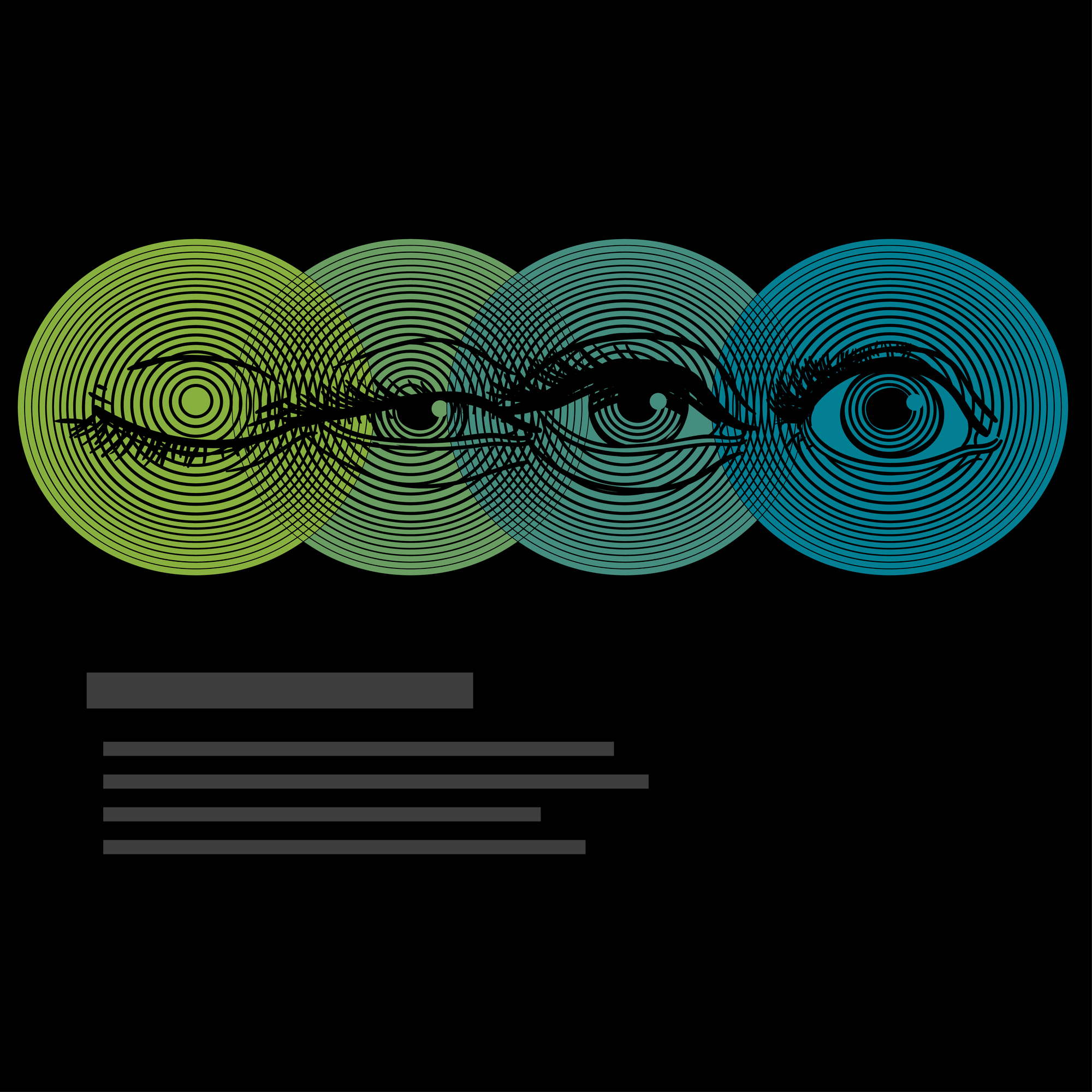New work by Sabrina Coninx and Peter Stilwell explores existing conceptual and methodological approaches to understanding acute and chronic pain, offering an enactive and phenomenological alternative to theorizing individual experiences of pain.
Whereas dominant approaches to pain have attempted to specify objective criteria such as brain states or functional roles, such approaches have universally failed to capture what is essentially a subjective, personal experience. As the authors observe, pain cannot be considered outside of an individual’s embodied perspective.
 More than 100 million people in the United States suffer from chronic pain. The World Health Organization has found that persistent pain is associated with psychological illness. Individuals who suffer from chronic pain are more likely to be low-income and prescribed differential treatment based on their socioeconomic status. Some scholars have pointed out that a biomedical focus on treating rather than healing pain fails to comprehend pain’s phenomenological nature and has contributed to the opioid epidemic.
More than 100 million people in the United States suffer from chronic pain. The World Health Organization has found that persistent pain is associated with psychological illness. Individuals who suffer from chronic pain are more likely to be low-income and prescribed differential treatment based on their socioeconomic status. Some scholars have pointed out that a biomedical focus on treating rather than healing pain fails to comprehend pain’s phenomenological nature and has contributed to the opioid epidemic.
By contrast with reductive and fragmented approaches to understanding pain objectively, the authors advocate an “enactive” approach to understanding acute and chronic pain experiences.
This approach conceptualizes the differences between chronic and acute pain in terms of differences within the subject’s “field of affordances.” That is, alterations in the dynamic, interactive, and embodied relation between subjects and their environment. Here “affordances” refers to the opportunities for behavior that the environment offers.
On this view, pain is expressed as a change in the possibilities of action perceived by a situated individual within her environment. Attending to affordances provides insights into particular individuals and their experiences in changing contexts, producing an approach to pain that blends enactive, ecological, and phenomenal-existential theory.
Enactive theories of subjective experience focus on the perspective of subjects acting upon the world. On the other hand, ecological approaches to experience describe how the structure of the world shapes the subject’s possibilities for acting. The phenomenal-existential tradition highlights the “lived body” with its skills, habits, and dispositions. By blending these three theoretical approaches in thinking about pain, the authors consider three complementary aspects as central to an enactive approach to understanding pain:
- a subject’s active engagement with the world and their perceived possibilities to act,
- the dynamic bi-directional relation between subjects and their environment mediated by the body, and
- the lived experience of subjects and their transformative potential.
While enactive approaches have been recently utilized to understand emotions, memory, and psychopathology, the authors note that this approach has yet to be applied to the study of pain. But the phenomenon of pain reveals a particularly close link to action within the field of affordances. As the authors observe,
“Pain disrupts the normally fluid interactive relation between subject and world influencing the experience of one’s own body as well as the environment.”
An enactive approach to pain thus redresses the often fragmented, disintegrated, “objective” approaches. On this view, acute pain alters the interactive relation between subject and world, while chronic pain can be conceptualized as a permeating stance of engagement with the environment.
This has important consequences for approaching pain management, lending itself to a holistic, team-based approach to treatment. This is because the clinician who uses an enactive framework is prompted to consider the patient, their physical and socio-cultural environment, and the interaction between the two mediated by the acting body.
Through this shift in the approach to pain treatment,
“patients learn to (re)experience their regular invitation to act within the field of affordances, now and in the future, while the body becomes (more) transparent and the subject gains control and confidence.”
As the authors suggest, this ecological, enactive, and phenomenological framework for understanding and treating pain could also prove useful as an alternative to objective understandings of other complex health conditions that are subjectively experienced.
****
Coninx, S., and Stilwell, P. (2021). “Pain and the field of affordances: an enactive approach to acute and chronic pain.” Synthese. (Link)















I would love to see a paper written by those who experience chronic pain so they could explain the physiological underpinnings of their particular experiences.
“The World Health Organization has found that persistent pain is associated with psychological illness. Individuals who suffer from chronic pain are more likely to be low-income and prescribed differential treatment based on their socioeconomic status. Some scholars have pointed out that a biomedical focus on treating rather than healing pain fails to comprehend pain’s phenomenological nature and has contributed to the opioid epidemic.”
Respectfully, fuck The WHO. And fuck this painting of chronic pain as a psychological illness not requiring physical treatment.
My hellish experience with adult psychiatry BEGAN with going to a doctor with chronic pain and fatigue. I had Lyme Disease but I wouldn’t receive the correct diagnosis for 17 YEARS. Instead, I would be given the psychiatric diagnosis of fibromyalgia and poly drugged from the very first appointment. I would be pharmaceutically destabilized with psych drugs, painkillers, muscle relaxers and sleeping pills. Later, I’d receive multiple psychiatric diagnoses. I was placed on up to a dozen drugs at a time, some of which harmed me substantially. My body would continue to be ravaged by spirochetes infecting my nervous system, damaging my joints and my heart, my gut, my eyes. I would spend years in a depression so deep and dark I didn’t think light existed any more which culminated in eight ECT sessions.
Then I’d walk away from that system, wean myself off the many drugs, find a doctor who listened and finally receive treatment for the physical illness plaguing me. But not before my life had been obliterated, my family had abandoned me as either hopelessly bad or hopelessly mad, I’d lose my children, I’d be brain damaged by ECT, deformed by multiple surgeries, end up with a BMI of 42, and many many times reasonably attempt or contemplate ending that horrific existence.
It is not hard to find the reasons why Americans experience so much pain and it is NOT all in our heads and it DOES deserve proper medical treatment but the doctors have to be willing to believe people and search for an actual etiology. Instead pain patients are largely pathologized and medicated or else ignored and allowed to suffer. It is a crisis of massive proportions. This paper and these researchers do absolutely nothing to benefit those who are physically ill and experiencing chronic pain.
The CDC calls us “Lyme loonies”. But with half a million new cases yearly, we cannot be ignored any more and the pendulum is swinging FINALLY in favor of recognition and search for cures.
How about you tell an interesting story about how the US medical system, private insurance companies and the IDSA has been in the pocket of the US government covering up the biggest medical scandal in centuries?
Report comment
I would love to see you write articles for MIA and also distribute those writings to other media.
Report comment
Duplicate comment removed.
Report comment
“The World Health Organization has found that persistent pain is associated with psychological illness.”
“psychological illness”?
So if I am not jumping up and down for joy as lung cancer is raging, or MS, or Lupus, or arthritis and all other bodily issues, then I am psychologically “ill”?
Well everyone’s time will come. Even the WHO employees will all one day stop smiling. Something is going to get you and I can guarantee you, your “psychological illness” did not kill you.
And there you lay in your maggot grave, after having damaged countless people with your stupid psycho babble, your chemicals and insane ideas.
It would be okay to spread stupid gossip, if it were not so damaging.
Report comment
“The World Health Organization has found that persistent pain is associated with psychological illness.”
This may be because the medical community has been prescribing the opioids and antidepressants, under the guise of “safe … meds,” to cover up their easily recognized malpractice – that resulted in the persistent pain – for decades. By the way, I rather agree with kindredspirit’s sentiments about the WHO, and medical community in general.
“Some scholars have pointed out that a biomedical focus on treating rather than healing pain fails to comprehend pain’s phenomenological nature and has contributed to the opioid epidemic.”
No doubt. And the reason chronic pain is likely associated with psychological illnesses, is because the antidepressants are mind altering drugs, that can create the symptoms of the psychological illnesses. But, of course, many doctors, psychiatrists, and psychologists are completely ignorant of this fact. And it had to be pointed out by a scientific journalist.
https://www.alternet.org/2010/04/are_prozac_and_other_psychiatric_drugs_causing_the_astonishing_rise_of_mental_illness_in_america/
Report comment
HI I AM AGOOD MAN
Report comment
Medicalize and misdiagnose suffering. If you want profit and control.
On the other hand…
Just for snorts and posterity. Let’s say you have “fibromyalgia” and you receive many diagnoses and little help. Gaslighting is depressing; but only if you believe it. In your gut, you know the meds are not helping. You look for help that is not going to call you crazy (of course in very clinical, authoritative, dismissive jargonese- all with matching ICD codes).
You come upon a practitioner who actually hears your story. They take serum and do specialized testing- lo and behold you have hypercuperemia (basically a zinc deficiency that corresponds with a copper excess). With a bit of zinc with Vit C, your aches and pains are gone within 5 days time.
There actually was a problem with your nervous system, and it was easily solved.
You know what’s crazy? Insurance doesn’t cover the practitioner, testing or the supplementation.
But, big but, if you want to get therapy, antidepressants and opioids to cope with and stay in your “perceived” pain, they’ve got you covered. They’ll cover rehab too when your inevitable opioid tolerance takes you there.
Quality of life, more life in your years, increased function, healing, gratitude.
Lived it. Trust that gut.
Report comment